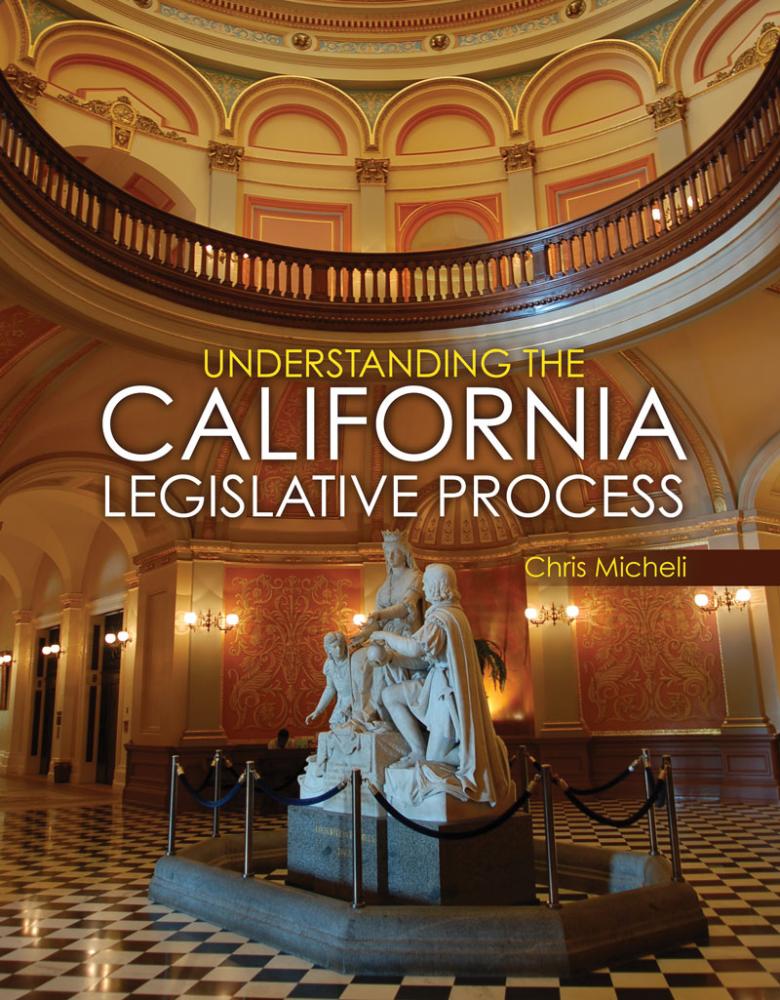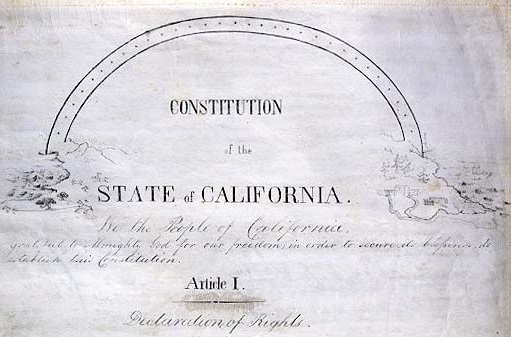
California State Capitol. (Photo: Kevin Sanders for California Globe)
Some of My Favorite Misconceptions about California’s Legislative Process
True or False: The floor analyses always list supporters and opponents of the measure
By Chris Micheli, September 11, 2023 2:30 am
Over the years, there have been numerous misconceptions about different aspects of the California legislative process. This article covers some of the most common misconceptions and provides a short explanation what the rule is. Here are some of my favorite ones:
Misconception – Only urgency clause bills take effect immediately.
Under Article IV, Section 8(c)(3) of the California Constitution, “statutes calling elections, statutes providing for tax levies or appropriations for the usual current expenses of the State, and urgency statutes shall go into effect immediately upon their enactment.”
Misconception – A bill keyed as a “tax levy” is a tax increase bill.
While a tax levy is usually a collection tool used by the government, for California bills, a “tax levy” is any bill that imposes, repeals, or materially alters a state tax. The Legislative Counsel indicates in the Title and Digest of the bill whether the bill is a tax levy.
Misconception – Double jointing and contingent enactment are the same thing.
Contingent enactment means there is a section in a bill indicating that it is to become operative only upon the enactment of another measure. Double jointing amendments are amendments to a bill providing that the amended bill does not override the provisions of another bill where both bills propose to amend the same section of law.
Misconception – Senators need a second to move a bill, just like in the Assembly.
In the Senate, to vote on a bill only requires an initial motion; however, in the Assembly, a motion and a second are required before a bill can be voted on by the committee members.
Misconception – A bill returning on concurrence can be amended.
A bill cannot be amended when it returns to its house of origin for a concurrence vote. The amendment(s) can be concurred in or not concurred in (which results in a conference committee to resolve the differences between the two versions).
Misconception – Submitting bill amendments is the same process in both houses.
The Assembly requires amendments to be submitted by 5 pm or the close of session the day before a deadline. The Senate does not have the same rule.
Misconception – A motion to concur or not concur is not in order until the Legislative Counsel’s Digest has appeared in the Daily File.
Under Joint Rule 26.5, this is true. However, the motion is in order even if the Digest has yet to be printed as long as an analysis of the bill has been prepared and distributed to Members. In addition, this rule can be suspended by a majority vote of the house’s Members.
Misconception – Pass on file and pass and retain are the same procedurally.
An author may choose to “pass on file,” thus temporarily giving up his or her opportunity to take up a measure on the floor. In the Assembly, “pass and retain” prevents the author from taking up his or her bill for that legislative day. The Senate does not recognize a difference.
Misconception – The floor analyses always list supporters and opponents of the measure.
The Senate floor analyses list support and opposition positions, but the Assembly does not list any positions on their floor analyses.
Misconception – Bills taken off the Inactive File in either house immediately return to the Third Reading File.
Bills taken off of the Senate Inactive File are returned to the Second Reading file. In the Assembly, bills previously on Third Reading that are moved to the Inactive File are subject to a “one-calendar-day notice” when removed from the Inactive File and returned to the Third Reading file.
Misconception – The Governor’s line-item veto authority applies only to budget bills.
Under Article IV, Section 10(e) of the state constitution, “The Governor may reduce or eliminate one or more items of appropriation while approving other portions of a bill. The Governor shall append to the bill a statement of the items reduced or eliminated with the reasons for the action. The Governor shall transmit to the house originating the bill a copy of the statement and reasons. Items reduced or eliminated shall be separately reconsidered and may be passed over the Governor’s veto in the same manner as bills.” The Governor cannot veto budget control language. This authority is sometimes referred to as “blue pencil” authority because years ago the Governor used an editor’s blue pencil for the task.
Misconception – Lobbyists can communicate by phone or text with Assembly Members.
Pursuant to Assembly Rule 117.5, while on the Assembly Floor during any session, or while serving on a committee during a hearing, Members cannot use cell phones to make or receive calls, nor send or receive text messages from any lobbyist.
Misconception – A Letter to the Daily Journal must be published in both houses to be in effect.
The Letter to the Journal, generally used to express legislative intent or explain the purpose of a bill, is published in the journal of the bill’s house of origin. It is signed by the bill’s author and requires approval by both the majority and minority leaders in that house.
- Some 2025 California Legislative Session Tidbits - September 18, 2025
- Operation and Equipment of Vessels in California - September 18, 2025
- Clarification on AB 130/SB 131 Perceived PRC Section Conflict - September 17, 2025







